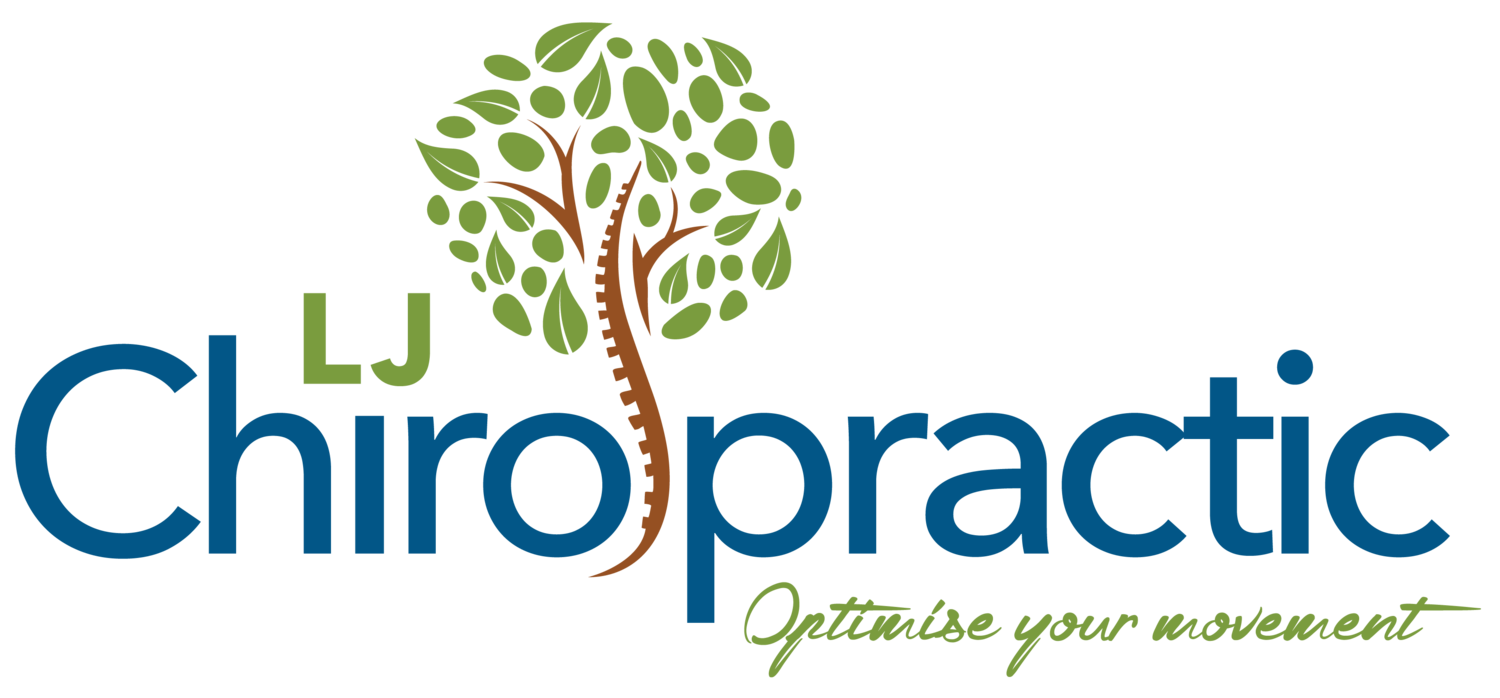Sciatica is a condition that causes severe, sharp shooting pains in the back and down one leg. The symptoms of this painful disorder are often mistaken as being caused by other conditions such as arthritis or pregnancy. It can be very difficult to diagnose because it has many different possible causes. Some people have no idea what they're suffering from until after an MRI scan shows nerve damage.
The most common cause of sciatica is herniated discs. A disc is a soft cushion between two vertebrae which acts like shock absorbers. When these discs become damaged due to injury or age, they lose their ability to function properly. This results in pressure on nerves causing them to send signals incorrectly. Nerves carry messages away from your brain and spinal cord to every part of your body. They also control muscles and organs. If you feel any type of discomfort when walking, sitting, standing up, sleeping or even coughing, then there's a good chance that your sciatica may be related to a problem with your spine.
What is the sciatic nerve?
It’s actually made up of three smaller nerves: the tibial, peroneal and sural. These nerves travel through tunnels called “tubercles” located along each side of the spine. Each tunnel contains about 20-30 small branches known as “roots”. Together, all three roots form the sciatic nerve.
When the sciatic nerve becomes compressed, irritated or pinched, it sends incorrect signals to the legs resulting in numbness, weakness, burning sensations, muscle spasms, cramping and more. In some cases, the compression will result in inflammation of nearby tissues and joints.
How do I know if my sciatica is serious?
If you experience sudden onset of lower extremity pain radiating into the buttocks, thighs, calves, ankles, feet or toes, accompanied by paresthesia or motor loss, especially while attempting to walk, sit or stand, then you should seek medical attention immediately. You could possibly suffer permanent paralysis or death if not treated promptly.
There are several tests available to help determine whether or not you have sciatica. Your doctor might recommend imaging studies such as X-rays, CT scans or MRIs. He or she may also order blood work to rule out certain diseases.
The Most Important Sciatica Causes You Need To Look Out For
There are many reasons why someone would develop sciatica. However, here we'll focus on those that are the most important ones to look out for.
1) Herniated Discs - Herniation occurs when a portion of the intervertebral disk bulges outward. As mentioned above, this happens when the disks become damaged due to injury, aging or disease. Bulging disks usually occur at L4/L5, but sometimes affect the upper lumbar area too.
2) Spinal Stenosis - This is another reason why someone develops sciatica. With stenosis, the space around the spinal canal narrows making it harder for the nerves to pass through. Usually, this affects older adults who begin experiencing problems with balance and coordination.
3) Degenerative Disk Disease - This is where the cartilage inside the disk begins to break down over time. Eventually, the bone underneath starts rubbing against itself creating friction. Over time, this leads to further degeneration of the disk.
4) Pregnancy - During pregnancy, hormones increase dramatically leading to swelling of ligaments and tendons surrounding the pelvis. This makes it easier for the baby to move forward during delivery. Afterward, the pelvic bones start healing themselves leaving behind scar tissue. This creates extra stress on the sacroiliac joint which is responsible for supporting the weight of the entire torso.
5) Arthritis - Osteoarthritis is an inflammatory process involving wear and tear of your joints. It can be triggered by trauma, obesity, genetics, age or even heredity. When osteoarthritis reaches advanced stages, it can cause damage to the articular cartilage causing pressure on the synovial fluid within the joint. This results in irritation of the adjacent structures including the bursae, muscles, fasciae and ligaments.
6) Other Conditions - There are numerous other possible causes of sciatica. These include:
• Fibromyalgia
• Carpal Tunnel Syndrome
• Bilateral Radiculopathy
• Sacroilitis
• Piriformis syndrome
• Myofascial Pain Syndromes
• Postural Orthostatic Tachycardia Syndrome
• Low Back Pain
• Cervicalgia
• Thoracolumbar Intermittent Claudication
• Polymyositis
• Reflex Sympathetic Dystrophy
• Neuropathy
• Peripheral Nerve Injury
• Traumatic Brain Injury
• Multiple Sclerosis
• Lyme Disease
• Gout
• Rheumatoid Arthritis
• Ankylosing Spondylitis
• Systemic Lupus Erythematosus
• Sarcoidosis
• Chronic Fatigue Syndrome
• Hypothyroidism
• Hyperthyroidism
• Vitamin D Deficiency
Are These Sciatica Symptoms Causing Your Pain?
The following list contains some common signs and symptoms associated with sciatica. If you experience any of these, then you may have developed sciatica.
• Aching lower back
• Burning sensation along spine
• Difficulty walking
• Dull aches and stiffness throughout body
• Leg weakness
• Sharp stabbing sensations radiating from buttocks into legs
• Sensations of numbness and tingling
3 Simple Stretches for Sciatica Pain Relief
There are several simple and effective ways to stretch out that tiny piriformis muscle and provide relief from your sciatica pain.
1. Lie flat on floor with knees bent at 90 degrees. Place hands under shoulders so they do not pull on neck. Slowly lift head off ground until chin touches chest. Hold position for 30 seconds. Repeat 3 times daily.
2. Sit upright with feet resting on chair seat. Bend right knee toward left side while keeping foot in a straight position. Keep thigh parallel to floor. Lean slightly forward. Hold & stretch for 10-15 seconds. Repeat 5 times daily.
3. Stand up slowly. While standing, bend both knees and place palms together. Keeping elbows close to sides, push hips backward. Do not lean backwards but rather keep pushing hips away from centerline of body. Maintain this posture for 15-20 seconds. Repeat 2-3 times daily.
Stretches to help with Sciatica
There are many ways to help with sciatica naturally. Here are three simple exercises that will help relieve the discomfort of sciatica.
Exercise 1: Standing Quad Stretch
Stand tall with arms hanging loose at sides. Raise right arm overhead and reach out towards toes. Rotate palm outward and hold stretch for 20 seconds. Switch hand positions and repeat exercise on opposite side. Perform twice daily.
Exercise 2: Sitting Forward Fold
Sit comfortably in front of table. Cross arms across chest and rest forearms on top of each other. Lower forehead onto folded arms and gently press them downward. Relax face and eyes. Hold pose for 60 seconds. Repeat once daily.
Exercise 3: Side Lying Hip Flexor Stretch
Lie on your stomach on bed. Lift upper torso off mattress using only abdominal muscles. Extend right hip upward and rotate it inwardly. Reach behind back and grasp ankle with fingers of same hand. Pull heel toward buttock. Hold stretch for 20 seconds. Repeat on opposite side. Perform two sets per day.
6 Natural Remedies That Can Help Relieve Sciatica Pain
Ginger Root – A study published in “The Journal of Alternative and Complementary Medicine” found that ginger root extract was effective against inflammation associated with nerve damage. In addition, ginger has been shown to be helpful in relieving nausea and vomiting.
Turmeric – Curcumin, an active ingredient in turmeric, may have anti-inflammatory properties which could prove beneficial in treating sciatica. Research shows curcumin also reduces swelling and speeds healing after injury.
Vitamin B6 – Studies show vitamin B6 supplements improve circulation and increase blood flow throughout the body. As a result, they may provide some relief from sciatica.
Fish Oil – Omega fatty acids like EPA and DHA, found in fish oil, have been proven to ease joint stiffness and promote healthy skin and hair growth. They also boost immune system function.
Glucosamine Sulfate – According to research conducted at Harvard University, glucosamine sulfate appears to slow cartilage breakdown and protect bone tissue. Because these benefits occur even before any significant reduction in pain occurs, taking glucosamine regularly might offer protection against further degeneration.
Evening Primrose Oil – An essential fatty acid called gamma linolenic acid is present in evening primrose oil.
How to Prevent Sciatica From Returning
If you suffer from chronic low back pain, there are several things you can do to prevent future episodes of sciatica. Some people find relief simply by changing their diet; others need more drastic measures.
Avoid sitting all day long. Instead stand or walk around frequently. This helps reduce pressure on discs between vertebrae.
Do not sit cross legged. It puts excessive strain on spinal joints. Try instead to sit with legs crossed.
Keep weight evenly distributed over entire surface area of bottom. Avoid placing too much stress on one particular spot. For example, if you wear high heels, make sure you don’t put undue pressure on ankles when wearing shoes.
Use proper lifting techniques. When picking something heavy up, use your whole body strength. Don’t just rely on your arms alone. Use your core muscle groups as well.
In conclusion, lower back pain affects thousand of Australians every year. If left untreated, this condition can lead to serious health problems such as sciatica. Fortunately, many natural remedies exist that help relieve symptoms but it's a good idea to seek professional advice from your local chiropractor. LJ Chiropractic offers tailored treatment plans to accommodate the varied needs of our patients. As a friendly female chiropractor with years of experience under her belt, Li Jen assists many different individuals in Caringbah (Sutherland Shire) and Kensington (Eastern Suburbs) and the surrounding areas eg Maroubra, Kingsford, Randwick, Eastgardens, Rosebery, Mascot, Bondi, Waverly, Clovelly. From lower back pain (sciatica), neck pain or headaches migraine, we treat patients from all walks of life including pregnancy care for pelvic and hip pain, elderly patients or atheletes to enchance their sports performance. LJ Chiropractic can develop a treatment course to suit you.


